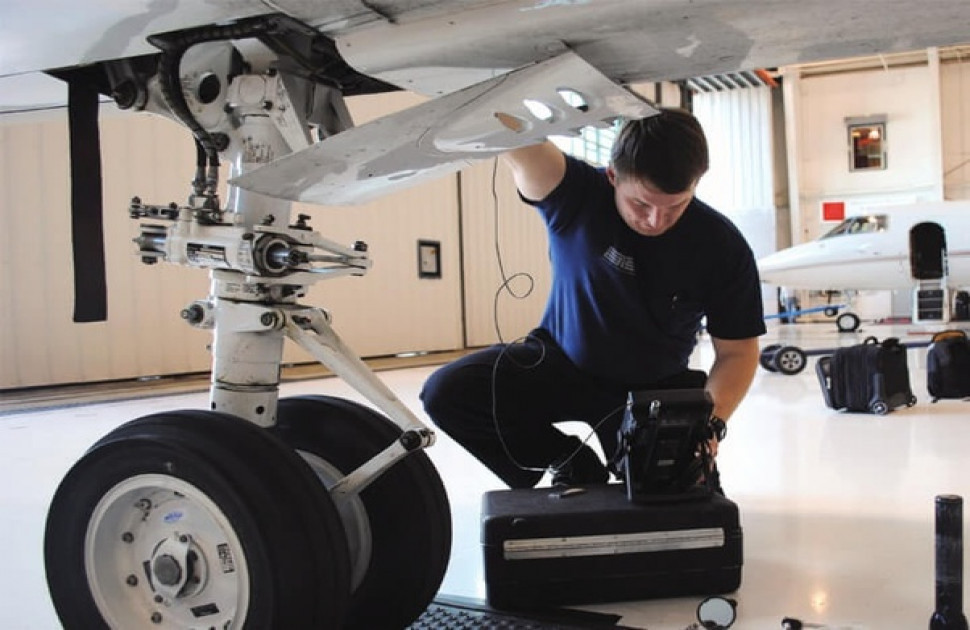In today’s fast-evolving technological landscape, the role of synchronization in robotic inspection is becoming increasingly critical. As industry professionals, especially those in quality assurance, delve deeper into modern methodologies, understanding the nuances of this concept becomes essential. The initial steps of any inspection process are crucial, and synchronization plays a pivotal role in ensuring that robotic systems function seamlessly.
Synchronization in the realm of robotics involves harmonizing various components and processes to achieve a unified outcome. This is particularly significant in control loop optimization, where precise timing and coordination are key to enhancing efficiency.

Understanding Robotic Inspection
Robotic inspection refers to the use of robotic systems to evaluate and analyze various parameters of machinery or products. These inspections are often employed to ensure that equipment meets quality and safety standards. For instance, in the HVAC industry, energy usage patterns can be analyzed effectively using synchronized robotic systems.
Why Synchronization Matters
Synchronization ensures that all parts of the robotic system work together without conflicts. It reduces delays, prevents errors, and enhances the overall efficiency of the inspection process. With synchronized systems, professionals can receive real-time alerts about any anomalies, which is crucial for maintaining standards.
Components of Synchronization in Robotics
To fully grasp the role of synchronization in robotic inspection, it’s essential to understand its components. These include the integration of sensors, actuators, and control systems, all working in unison to achieve a specific task. This synergy is what makes robotic inspections reliable and efficient.
Integration of Sensors
Sensors are the eyes and ears of robotic systems. They gather data and provide feedback to the control systems to make informed decisions. Proper synchronization ensures that sensors relay accurate data, enabling precise analysis. For instance, equipment inspections rely heavily on sensor data to determine frequency and effectiveness.
Actuators and Their Role
Actuators are responsible for movement and physical actions in robotic systems. Synchronization ensures that actuators respond timely and accurately, reducing any lag or misalignment in operations. This is especially important in industries where precision is paramount, such as pharmaceuticals and electronics.
Real-World Applications of Synchronized Robotic Inspection
From manufacturing to healthcare, synchronized robotic inspections have a wide array of applications. In the HVAC sector, for instance, real-time anomaly alerts can be generated, allowing technicians to address issues promptly.
Automotive Industry
The automotive industry benefits significantly from synchronized robotic inspections. Robots can inspect components at various stages of production, ensuring quality and safety standards are met. This not only enhances product quality but also boosts consumer confidence.
Healthcare and Pharmaceuticals
In healthcare, synchronized robotic inspections ensure that medical devices and pharmaceuticals are produced to the highest standards. By maintaining strict quality controls, the risk of defects is minimized, safeguarding patient safety.
Challenges and Solutions
While the benefits of synchronized robotic inspections are evident, challenges do exist. These include the complexity of integration, high costs, and the need for skilled personnel. However, with advancements in technology and training, these challenges can be mitigated.
Overcoming Integration Complexities
Integrating robotic systems with existing infrastructure can be challenging. However, with careful planning and expert guidance, these hurdles can be overcome, leading to a more streamlined inspection process.
Cost-Effectiveness
While initial investments in synchronized robotic systems can be high, the long-term benefits often outweigh the costs. By increasing efficiency and reducing errors, companies can expect significant returns on their investment.

The Future of Robotic Inspection
The future looks promising for robotic inspections. As technology advances, we can expect even greater synchronization, leading to more efficient and accurate inspections. Industry professionals are encouraged to stay informed about these trends to leverage them effectively.
FAQs
What is the primary benefit of synchronized robotic inspection?
The primary benefit is enhanced efficiency and accuracy, resulting in improved quality and safety standards.
How does synchronization improve inspection processes?
Synchronization ensures all system components work together seamlessly, reducing errors and delays.
Are synchronized robotic inspections cost-effective?
Yes, while initial costs may be high, the long-term benefits, including reduced errors and increased efficiency, make it a worthwhile investment.
For more information on inspection processes, visit inspection frequency.
This article contains affiliate links. We may earn a commission at no extra cost to you.
